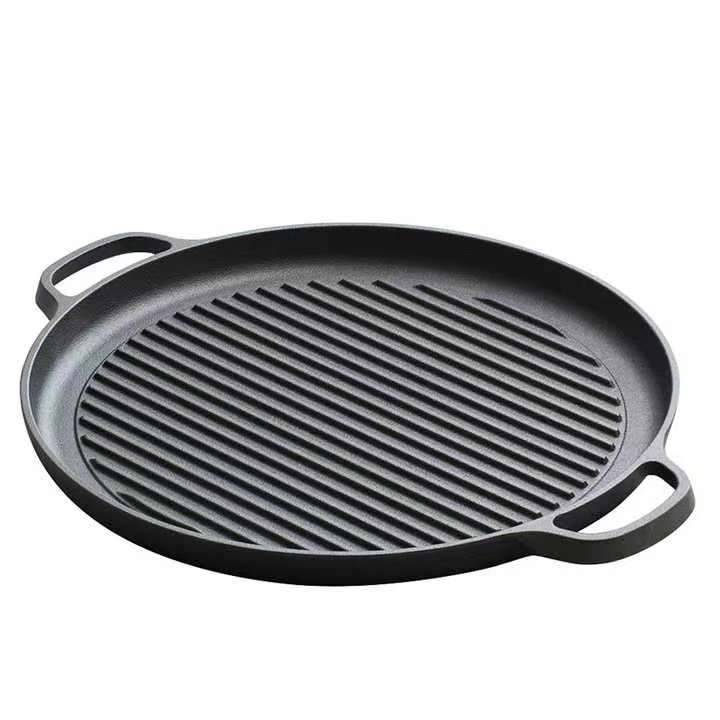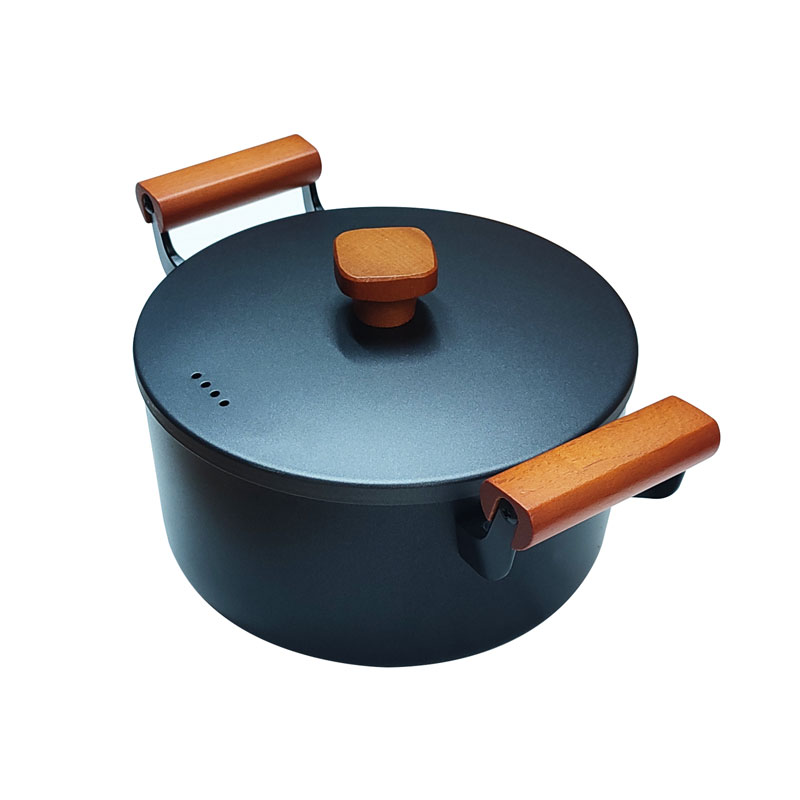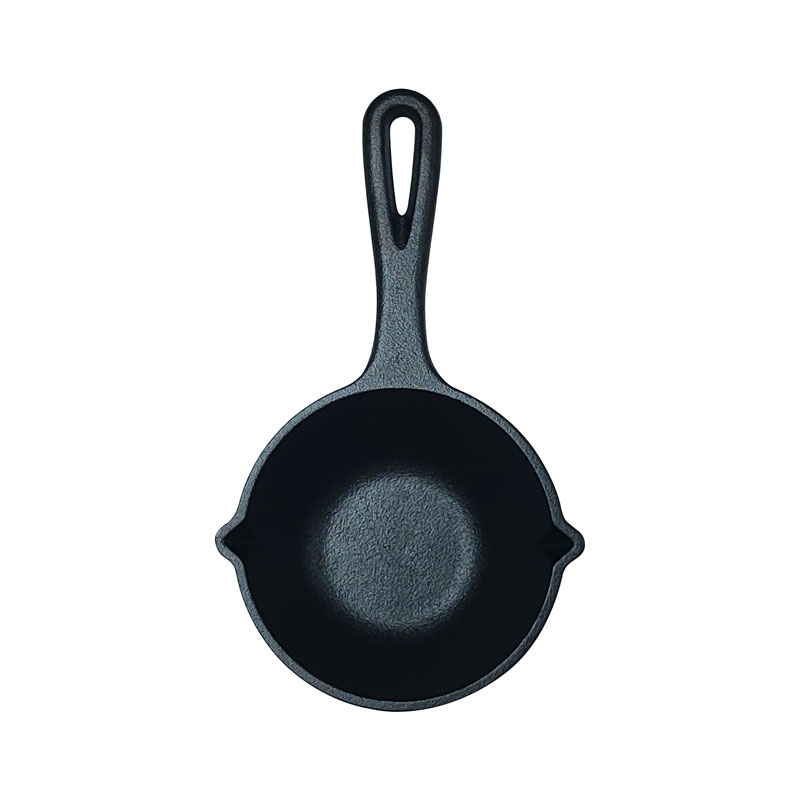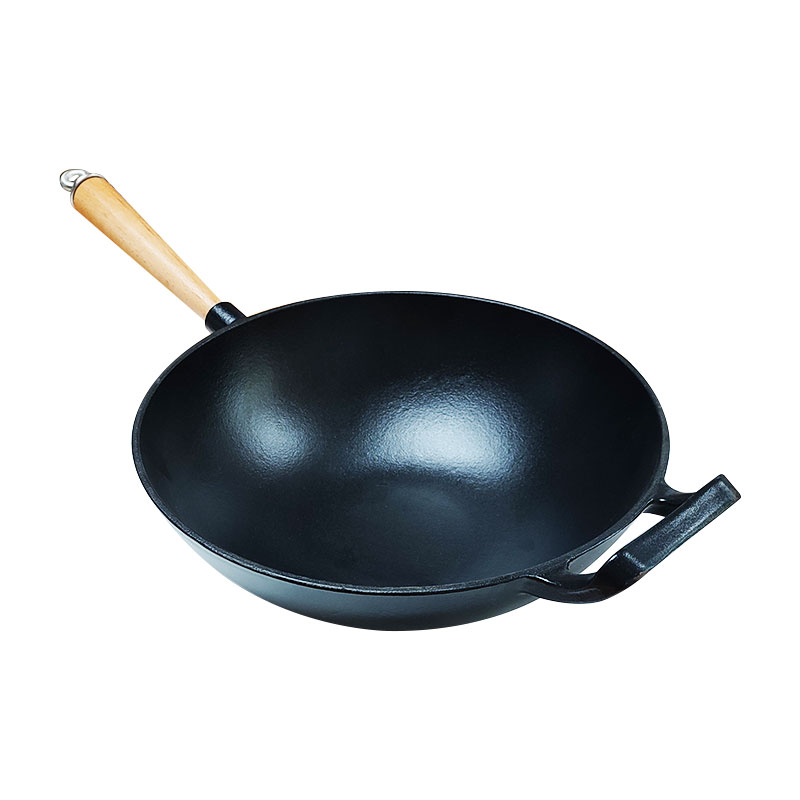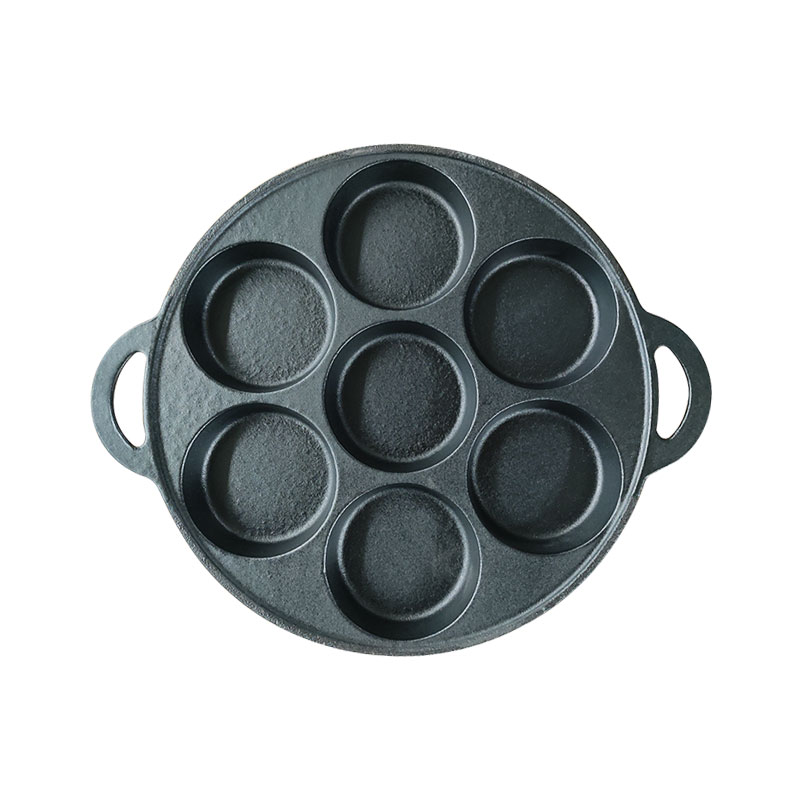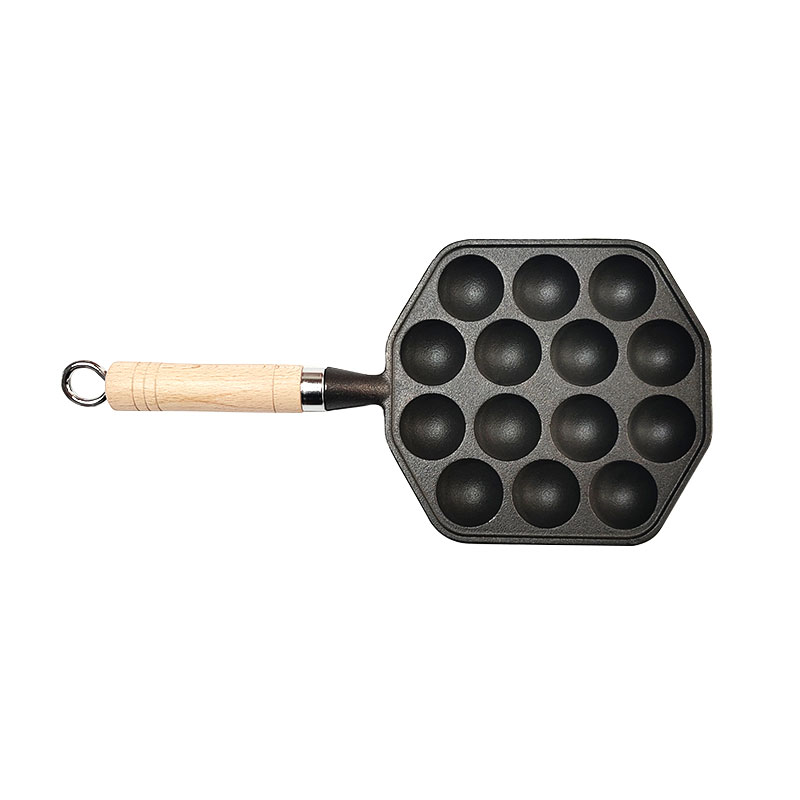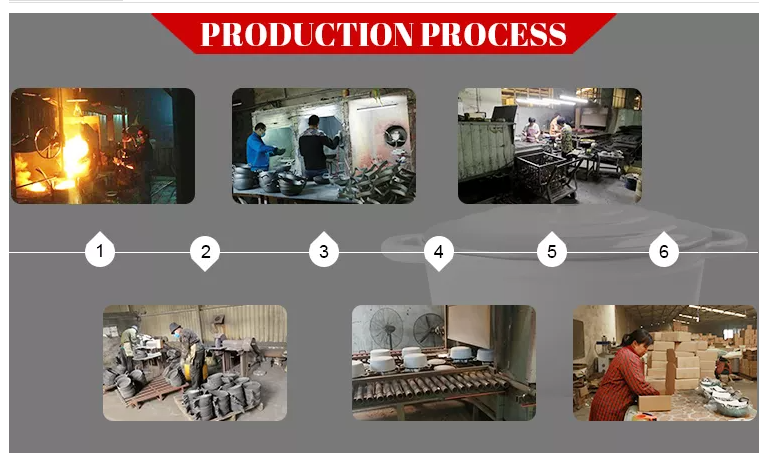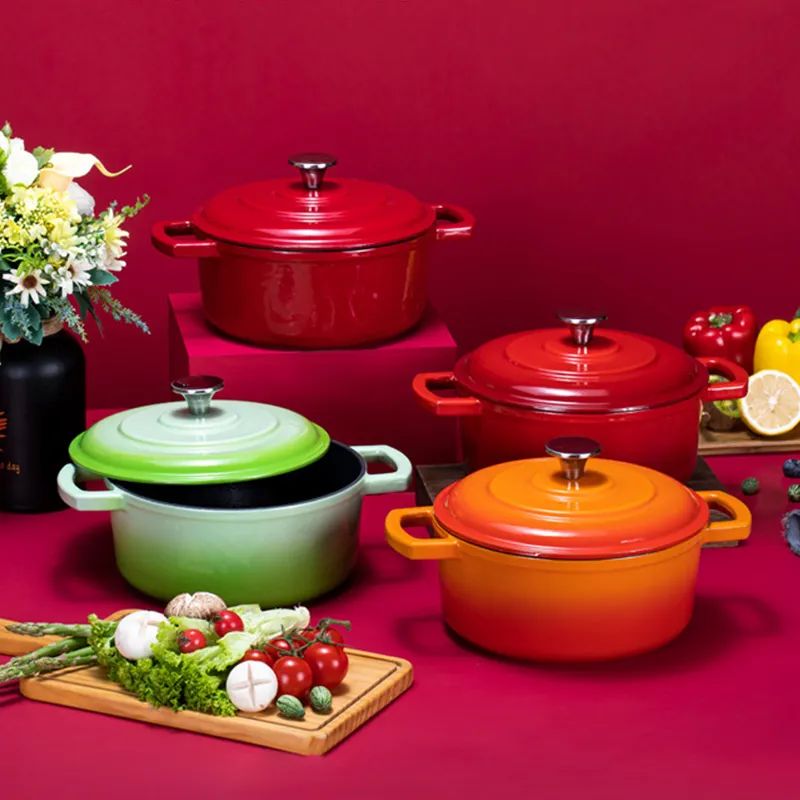- Afrikaans
- Albanian
- Amharic
- Arabic
- Armenian
- Azerbaijani
- Basque
- Belarusian
- Bengali
- Bosnian
- Bulgarian
- Catalan
- Cebuano
- Corsican
- Croatian
- Czech
- Danish
- Dutch
- English
- Esperanto
- Estonian
- Finnish
- French
- Frisian
- Galician
- Georgian
- German
- Greek
- Gujarati
- Haitian Creole
- hausa
- hawaiian
- Hebrew
- Hindi
- Miao
- Hungarian
- Icelandic
- igbo
- Indonesian
- irish
- Italian
- Japanese
- Javanese
- Kannada
- kazakh
- Khmer
- Rwandese
- Korean
- Kurdish
- Kyrgyz
- Lao
- Latin
- Latvian
- Lithuanian
- Luxembourgish
- Macedonian
- Malgashi
- Malay
- Malayalam
- Maltese
- Maori
- Marathi
- Mongolian
- Myanmar
- Nepali
- Norwegian
- Norwegian
- Occitan
- Pashto
- Persian
- Polish
- Portuguese
- Punjabi
- Romanian
- Russian
- Samoan
- Scottish Gaelic
- Serbian
- Sesotho
- Shona
- Sindhi
- Sinhala
- Slovak
- Slovenian
- Somali
- Spanish
- Sundanese
- Swahili
- Swedish
- Tagalog
- Tajik
- Tamil
- Tatar
- Telugu
- Thai
- Turkish
- Turkmen
- Ukrainian
- Urdu
- Uighur
- Uzbek
- Vietnamese
- Welsh
- Bantu
- Yiddish
- Yoruba
Premium Vegetable Oil Cast Iron Pot 2-in-1 Dutch Oven FAQs
What is the benefit of the vegetable oil pre-seasoning on this cast iron pot?


The vegetable oil pre-seasoning creates a natural non-stick layer that enhances food release, prevents rust, and improves flavor over time. It also means the pot is ready to use right out of the box.
Is the 2-in-1 Dutch oven lid also usable as a skillet?


Yes! The lid is designed as a flat skillet, allowing you to cook on both pieces simultaneously or separately. It’s perfect for searing, sautéing, or baking.
Can this cast iron pot be used on all cooking surfaces?


Absolutely. This cast iron pot is compatible with gas, electric, ceramic, induction cooktops, and even open flame or oven use, making it highly versatile.
How do I maintain the non-stick coating of this pot?


Hand wash with warm water (no soap), dry thoroughly, and apply a thin layer of vegetable oil after each use. Avoid soaking or using dishwashers to preserve the seasoning.
What makes this Dutch oven different from standard enameled cast iron models?


This model uses natural vegetable oil seasoning instead of enamel coating, offering a more traditional cooking experience, better heat retention, and the ability to improve over time with regular seasoning.


Magtanong Ngayon para sa Mga Deal sa Cast Iron Cookware
Mangyaring Punan Ang Form sa Ibaba At Babalikan Ka ng Aming Koponan na May Pagpepresyo, Mga Detalye ng Produkto, At Mga Opsyon sa Pag-customize.










